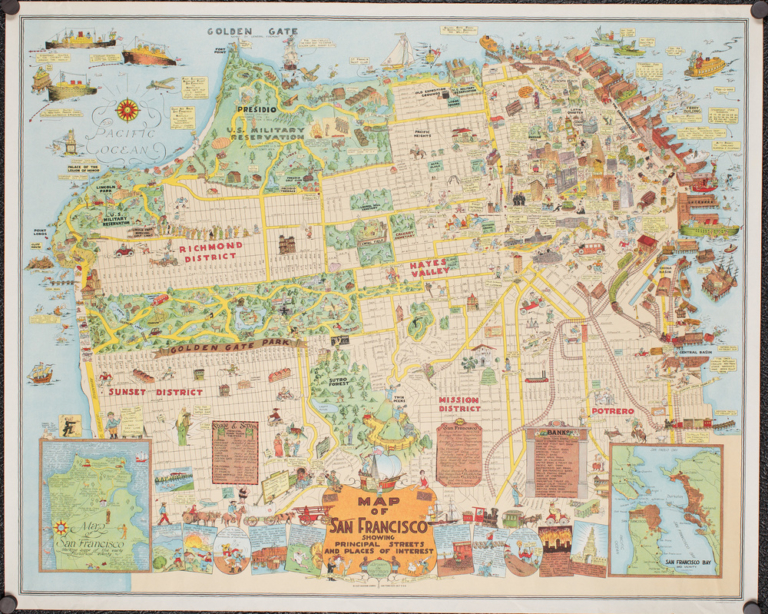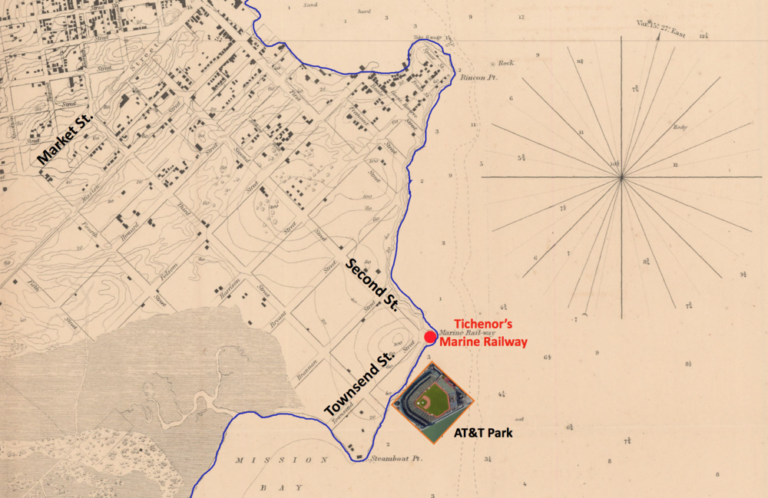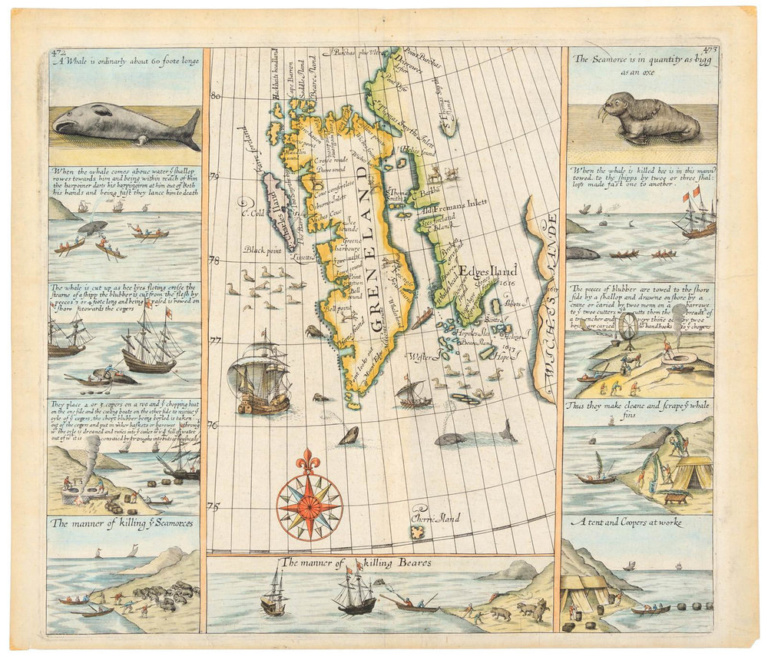A long vacation might last a month, which allows plenty of time to travel to the opposite side of the globe. A sabbatical might last a year, allowing time to live in another land. That presumes air travel, of course. Before that, ocean liners took days to make transatlantic crossings. The sailing explorers—Columbus, Magellan, Cook and their ilk—took years to make their voyages. Ferdinand Magellan died two years into the three-year expedition (1519-1521 CE) that was the first to circumnavigate the earth.
By contrast, Marco Polo lived on the road for 24 years between leaving Genoa in his youth (at 17, in the year 1271 CE) and his return in 1295. Polo traveled with his father and uncle through the vast Mongolian Empire, which was just beginning to fragment, but which still maintained the Pax Mongolica—internal order—allowing travel throughout what was the largest contiguous empire in human history (ruling approximately 16% of the earth’s land area; only the British Empire, which ruled approximately 23% of the earth’s land in the early 20th century, was larger).
Travel at the time, whether by land or sea, was not so expeditious as the sailing ships of the 15th and later centuries. Polo did not constantly travel, taking various jobs that kept him in various cities for months or occasionally years, but that is perhaps part and parcel of living in a world where travel is slow and perilous.
Other Europeans had traveled in Central Asia (indeed, Polo’s father and uncle had made a trip to Asia before the journey on which they took him), but Polo related his story to a writer, and his Travels of Marco Polo became widely circulated in Europe, providing Europeans with a rare view into life in Asia.
Above all, Marco Polo painted a picture for European audiences about an unknown land: China. His report was the definitive source on East Asia for centuries, an influence that made its way from the late medieval period into the Renaissance. The dearth of geographical information on this part of the world made Marco Polo’s Travels a common reference for map makers well into the 16th century. See for example this map by Abraham Ortelius, which includes a note stating that a large number of the place names in Asia emanate from the writings of Marco Polo.

Not to mention of this map: it is one of the first to name California, portrays mythical cities, and includes a variety of cartographic phantoms.



